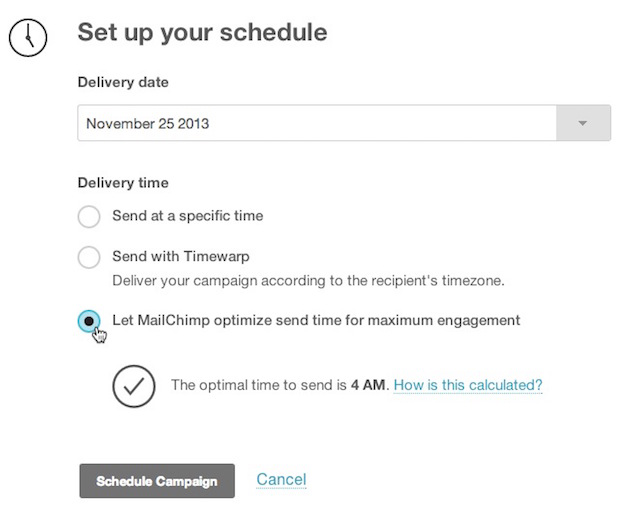
Customers seek outcomes – not tools or services – and it’s the marketing and sales teams’ objective to prove that they can enable prospective buyers to achieve such outcomes. To that end, every company has one obvious and yet rarely-utilized tactic. Leveraging their product usage dataset to identify and underscore best practices for the industry is the easiest win in all of content marketing.
Every time your customers use your offering, you’re simultaneously generating data about how they’re achieving meaningful outcomes. The result is a goldmine of insights.
If your product is innovative, then your existing customers are early adopters. They’re the forward thinkers leading the industry. Prospects in your funnel aspire to be cutting edge, but are likely more risk averse and slower to change. You can influence your prospects’ decisions by highlighting how your customers operate.
Case studies and testimonials are the most common efforts, although both are frequently perceived as biased and merely the last checkboxes in the final stages of a buying process. Alternatively, your product’s usage data is actionable and convincing. Just consider some examples from other companies that have significantly impacted their markets.
If you subscribe to Mattermark Daily, you receive at least one email newsletter generated by MailChimp every day. When such newsletters arrive in your inbox is far from random though. MailChimp reviews data from millions of their users to identify and publish the optimal days and times to send emails. A relatively simple SQL query illustrates how Thursday afternoon is the best time to send an email, while Sunday night is the worst:

These simple insights help MailChimp’s prospects (i.e. marketing and sales teams) generate a higher ROI from their existing email list. Of course, publishing generalized product usage data isn’t a philanthropic endeavor. There are at least three ways in which MailChimp wins:
- Fill top of of funnel: Prospects typically don’t search for “tools” – they search for unbiased ways to solve problems and achieve outcomes. Generalized usage data is well positioned for this paradigm. MailChimp’s prospective buyers find and share content around email optimization, and subscribe to MailChimp’s blog in order to receive more ways to achieve desirable business outcomes.
- Increase deal close rates: In an age in which half of salespeople believe that their marketing teams are creative ineffective and inaccessible content, this tactic offers a stark contrast. MailChimp has positioned itself as an enabler of better business outcomes, which accelerates and de-risks the buying process, helping sales teams close a higher percentage of deals.
- More powerful features: Product usage data not only helps prospective buyers, but can help existing customers use a product more efficiently. In fact, MailChimp’s product team bakes these insights straight into their premium offering. Customers can schedule emails to be automatically optimized for maximum engagement based on MailChimp’s dataset.

Product usage data can be powerful in a variety of other industries as well. If you’re in New York and looking to sell your apartment, StreetEasy poured through their dataset to highlight the most common terms used in the most effective listings.

My company takes advantage as well. For example, we analyzed more than 2,000 product experiments run on our platform to highlight the strategies that organizations adopt to generate user insights. There are countless more opportunities for content teams to leverage their data, but sadly few that are taking advantage. Here are just a few obvious opportunities for companies to share insights and increase their industry leadership:
- Applicant tracking software providers have access to data that shows where recruiters source candidates from, how long an optimal interview process should last, and what titles attract the best candidates.
- On-demand freelancer services have access to data that shows the most popular home improvement projects, how frequently people get their homes cleaned, and how long it takes to complete a move across town.
- Personal finance trackers have access to data that shows the most common budget cuts, the average time it takes to save for a first home, and which credit cards people of the same salary and age typically have.
I could go on for days, but I think you get the point. All it takes is a simple SQL script and an article framed around achieving meaningful business outcome. By illustrating how your forward-thinking customers are achieving their goals, you can fill the top of your funnel, strategically engage prospects to close more deals, and even enhance your product. Start mining for gold.
Nis is the co-founder and head of content at Alpha, an on-demand user insights platform for product teams.